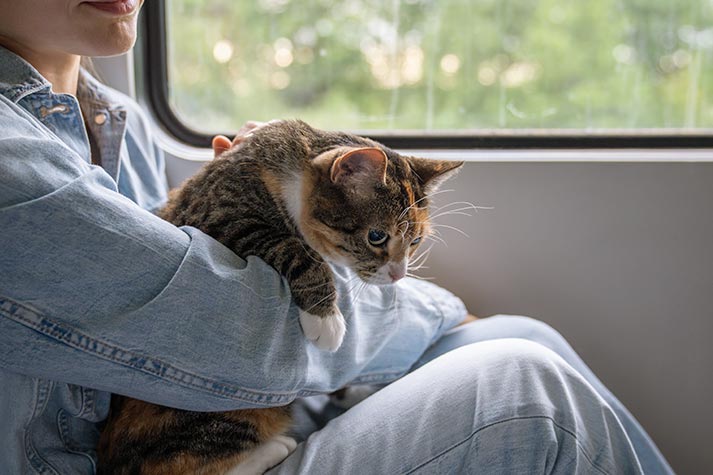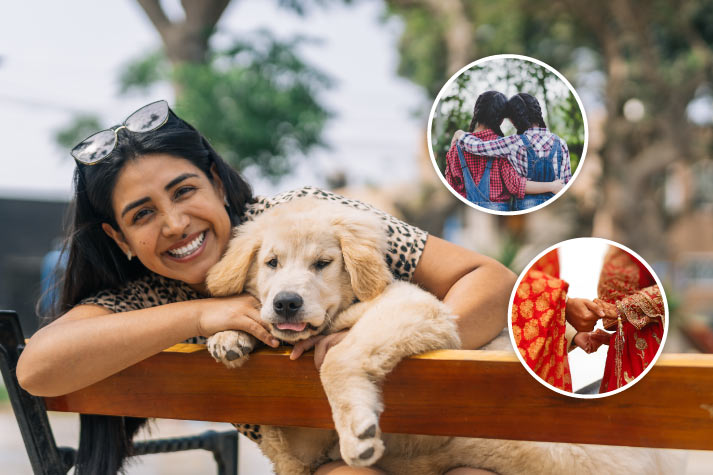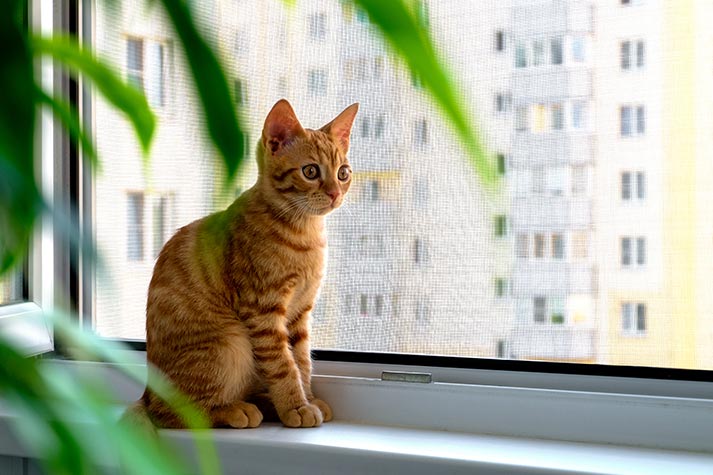
14 Apr
How to Prep Your Dog or Cat for a Long Train Journey
Since pets are like family, it is no surprise that the modern pet parent wants to carry their pet when travelling. The good news? There are various modes to travel with your pet. Depending on your destination, one mode of transport may be preferable to another.
For instance, while road travel might be suitable when visiting a neighbouring city, it is not practical when moving across the length of the country. Similarly, over longer distances domestically & internationally, air travel is preferred due to its relatively short travel times and security.
However, some places which are inaccessible by direct flights, and too far to commute to via roadways. The solution? Railways. Rail transport takes longer than travelling by air does, but also costs significantly less than an air journey.
Similarly, it is also a viable alternative to road travel, only you do not have to drive your pet over thousands of kilometres. The only drawback is travelling time, but that is to be expected. The upside trains often operate through remote corridors of the country, places where direct air or road transportation is hard to come by.
Here’s How To Ready Your Pet For Train Travel
How to Travel with Your Pet on an Indian Railways Train
Train journeys may take longer than flights, but they are far more affordable. They also offer access to remote regions of the country where flights do not land and highways do not reach. Rail travel offers a unique middle ground; longer than flying, but more relaxed and cost-effective than road travel.
If you are planning to relocate your pet by train in India, there are a few things you should know. Indian Railways allows pets to travel only in first-class A/C compartments. You will need to visit the station master and book an entire coupe for yourself and your pet.
It is important that you are present for the journey. If you can’t be, someone trustworthy should accompany your pet. This face-to-face travel setup is a huge relief for pet parents who worry about separation or anxious pets, especially over longer distances.
Rail journeys can also be a gentler alternative for older pets or those who do not handle flying very well. The less intense movement and spacious compartments make for a calmer, less stressful experience.
However, you should know that travelling with a pet on a train means you’re responsible for their meals, hydration, and toileting needs throughout the journey. A sturdy, well-ventilated crate is essential; not just for safety, but for your pet’s comfort. Make sure to crate-train them in advance so they are familiar and relaxed in the enclosure.
Compared to air travel, which often involves complex paperwork, flying regulations, and additional fees, train travel is simpler. All you will need is a health certificate from your vet and the willingness to manage your pet during the journey.
So, if speed is not your top priority and you are looking for a comfortable, cost-effective, and more personal way to travel with your furry companion, railways just might be the perfect choice.
Training Your Pet for a Long Train Journey
Before you are all aboard for your next journey, you should first train your pet to be comfortable while travelling on a train. Here are a few tips to do so.
- Start with Positive Reinforcement: At the heart of all effective pet training lies positive reinforcement. It is a simple formula: reward the behaviours you want to encourage. Whether it is through treats, verbal praise, or playtime, use what your pet responds to best. If your dog sits on command, reward that behaviour immediately; this helps them associate good behaviour with positive outcomes. Over time, these reinforcements shape how they respond in new or unfamiliar situations, including pet travel.
- Encourage Early Socialization: A well-socialized pet handles unfamiliar environments far better than one raised in isolation. Regular exposure to different sights, sounds, people, and even other animals builds confidence and reduces anxiety. A dog who is walked through crowded streets or sat calmly in busy parks is less likely to panic in a bustling train station. Socialization is also a long-term investment; it reduces the chances of aggression or fear-based reactions during travel.
- Build a Foundation of Trust: Training is not just about commands; it is about the bond between you and your pet. Dogs especially look to their owners for cues and reassurance. That trust is built through consistency, care, and a calm demeanour around each other. Avoid yelling or punishment; instead, respond to misbehaviour with calm corrections. When your pet trusts you, they are more likely to stay calm during long and unfamiliar experiences, such as train journeys.
- Use Timely and Gentle Corrections: Discipline, should be immediate and measured whenever it is needed. Delayed or harsh corrections can confuse or frighten your pet. If your dog pulls on the leash, a gentle tug combined with a firm “no” is often more effective than shouting. Immediate, consistent responses help pets understand which behaviours to adjust, without creating anxiety.
- Stay Patient and Consistent: All pets learn at their own pace, and the key to success is consistency. Stick to the same commands, routines, and expectations. If multiple family members are involved, ensure everyone uses the same language and approach. Training can take weeks or months, depending on your pet’s temperament, but the long-term rewards of a calm, confident traveller are well worth the effort.
- Introduce the Crate Early: Your pet will not feel at home in a crate naturally; comfort takes time after all. Start by placing the crate in a familiar, frequently used area of your home. Leave treats or toys inside and around the crate to encourage curiosity. Let your pet explore on their own terms; never force them or lock them inside. As they grow comfortable, add familiar items like a favourite blanket or worn T-shirt to help the crate feel more like home.
Once your pet starts entering the crate willingly, begin feeding them inside. If they only stay near the entrance, move their food further inside a little at a time. Eventually, they will associate the crate with safety and routine. When that happens, you can gently begin closing the crate door for short period; start right after a meal, and gradually extend the time they spend inside. - Take Practice Runs Before the Real Thing: Before the big journey, ease your pet into travel. Start with short car rides while they are in the crate. Bring along treats and toys, and let them sit in a parked car before taking a drive. The goal is to help them grow accustomed to the motion, sounds, and confined space of crate travel without the stress of a major trip looming overhead.
Training your pet for a train journey is about trust, routine, and care. With patience, consistency, and a thoughtful approach, you can help your pet transition into a calm and confident traveller. When done right, the journey becomes a way to spend some quality time, share an adventure, and enjoy bond between you and your best friend.





AUTHOR’S BIO
Carry My Pet
Passionate pet enthusiasts and globetrotters, dedicated to easing furry friends' journeys worldwide. Penning tales of compassion at CarryMyPet, where every relocation is a tail-wagging adventure.